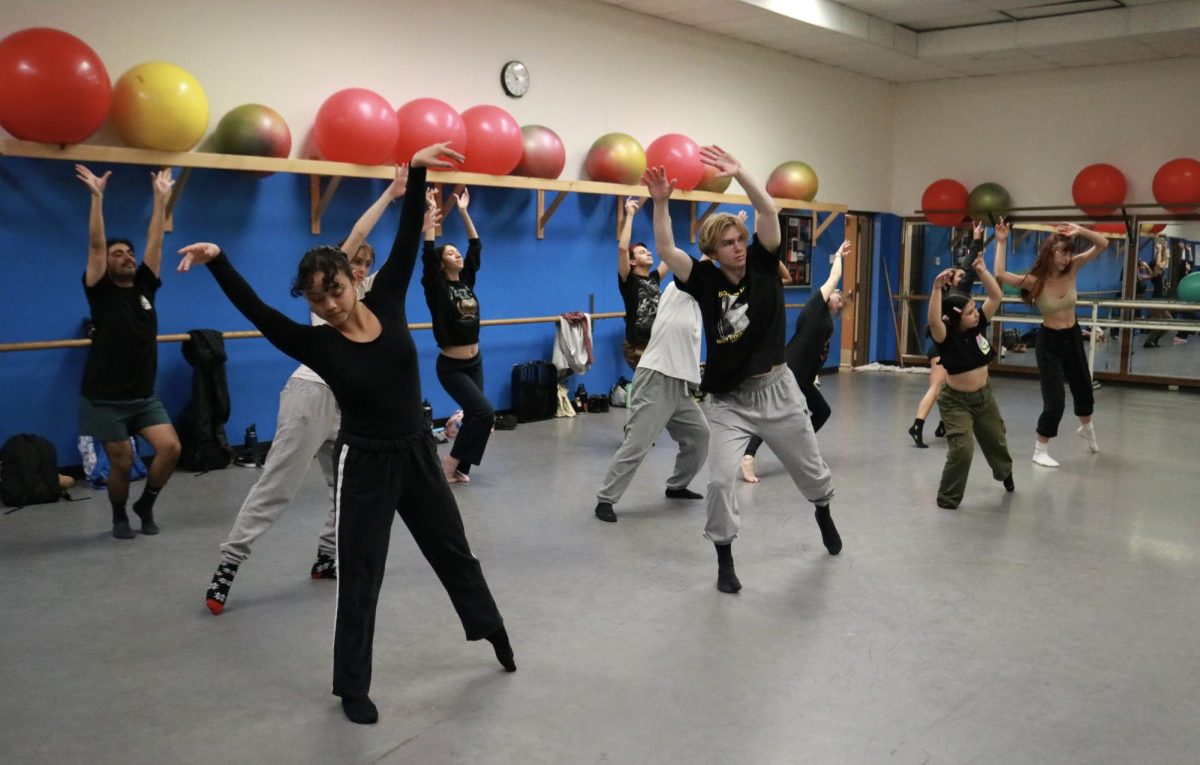When it comes to her future career as an accountant, Yoshimi Kawanda faces a big problem: She is not fluent in English.
Kawanda, 29, accounting major, is one of the many students who say they find English as a Second Language (ESL) classes to be helpful when it comes to excelling in college, work and adjusting other aspects of living in the U.S.
“People come here (to this country) for multiple reasons” ESL professor Nitza Llado, said.
Some of the reasons students take ESL classes include: they came to get a higher degree of education in the U.S.; are refugees from Cuba; are interested in living in the U.S., or they have fallen in love with someone who currently lives here, Llado said.
Sometimes people come to the U.S. because there are not enough job opportunities in their country or they have transferred from other countries, such as Japan and Korea, and get paid to know English for the business they’re working for.
“California is the hot spot of the world.” Llado said.
Students also come here to go to universities such as UCLA, Berkeley and USC.
“They come because they think of California as an adventure. It’s a passion for them to learn,” Llado said. “ESL students are very dedicated, committed people.”
The ESL course is divided into three skill classes: listening/speaking/pronunciation; reading/vocabulary building, and grammar/writing.
Full-time students take one of each section. Most of the students have to take at least the reading/vocabulary course. Llado usually gets about 40 students in her reading class and her classes are often full.
“You have to keep them motivated and to reassure them that they can do this,” Llado said.
Depending upon the professor, there are many factors that make the class successful, such as the student’s motivation, age, gender, level of education and linguistic background.
“Professors (of ESL classes) are patient, which I enjoy,” Kawanda said.
Professors are known for being patient with their students, especially in beginning classes. Llado said she doesn’t know anyone who isn’t pleased with the classes. But along with the comfortable environment and the relationships that are formed, there is also hard work involved in ESL classes.
“For every hour in the class, there’s an hour of homework,” Llado said.
“I want my mom to take an ESL class, because she has been in the United States for more than twenty years and has been working at the same job, but she thinks she is too old to take classes,” Xiomara Martinez, 21, art major, said. “I think it’s great that there are classes for people who want to get ahead in their careers; it’s great that they’re actually doing something about it.”
There are about 25 instructors teaching the ESL classes and around 42 class courses.
“We hope they (the students) continue coming,” Llado said, smiling.





